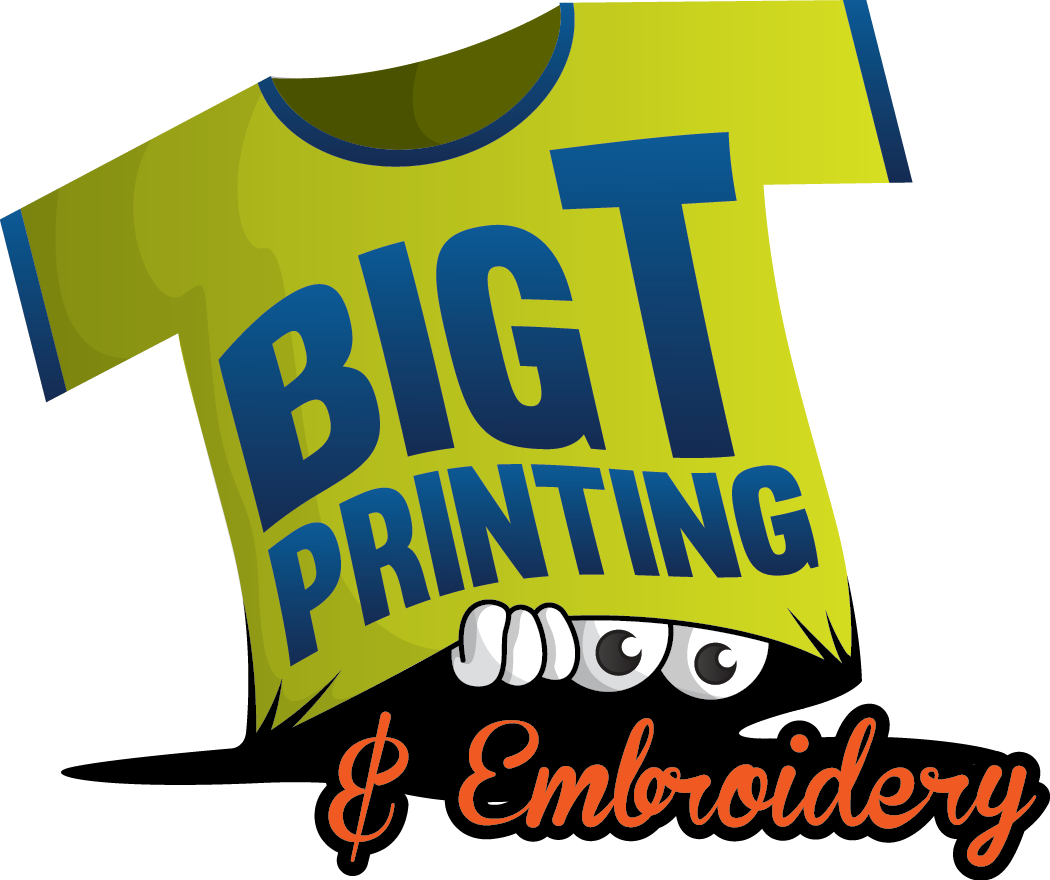You have the perfect business idea, and you have the funds you need to get going. However, after a few marketing campaigns, you can’t seem to get any sales.
Unfortunately, you didn’t have a good branding strategy in place. Without that, it can be much harder to stand out and convince people to work with you over your competitors.
Read on to learn what goes into a prosperous branding strategy.
1. Teamwork and Collaboration
One of the most important parts of brand development is working together with various teams. You may want to bring in a brand strategist to help, or you can work primarily with your marketing department.
Either way, you need to coordinate all of the branding across promotional materials. If you work together to create the brand, you can make sure you all use the same brand elements.
You can also review your branding as a team to consider when you may want to make changes.
2. Competitor Research
Do some competitor research to learn more about their branding strategy. Consider what colors and fonts other companies use, and pay attention to how customers interact with the brand.
Then, you can get an idea of what does and doesn’t work. Use your findings to help make your branding better and more unique than the competition so that you can attract more potential customers.
As you do this research, consider some elements to take as inspiration, but don’t copy another brand exactly.
3. Brand Story
Having a solid brand story can also help you with your branding strategy. Think about why you started your business, the purpose of it, and your values and beliefs.
Telling a story through your brand can make it easier for people to connect with your brand. That can help you build brand awareness and build trust in your community.
Your story can also inform other parts of your brand theme, from your logo to your brand voice.
4. The Brand’s Goal
Another thing to think about is the goal of your brand, such as to get more customers or clients. However, if your business is new, you may want to focus on getting awareness.
Maybe you’re looking to develop a personal brand to help market yourself rather than a massive corporation. Keep the goal in mind to make sure you give off the right vibe or energy with your branding.
As your goal changes, you may want to update your branding strategy to better fit the new path.
5. Your Audience
Another crucial part of brand development is knowing who your brand is for and how you’ll help them. For example, if you provide career coaching, you may use more professional branding.
On the other hand, if you run a daycare center, you may use more bright colors. Figure out who your ideal customer is and research them, from where they live to what hobbies or interests they have.
That can help you tailor your branding strategy to better serve your target audience.
6. Unique Value Proposition
If you’re struggling to create your brand, consider your unique value proposition (UVP). Your UVP is the thing that sets you apart from your competition and makes customers choose you.
Using the daycare example, maybe you provide a daily report of each child’s activities to their parents. Or maybe you specialize in working with children of a certain age or with particular medical problems.
After you determine what makes you unique, incorporate that into your brand and marketing materials.
7. Consistent Messaging
You should also make sure your brand voice and messaging are consistent across the board. As you research your target audience, ask them questions related to your business.
Record their responses, and use those phrases word for word in your marketing. That way, you can make your ideal customers feel seen and heard, which can help them trust you and want to work with you.
You can also craft your brand voice around this messaging so that your brand sounds the same on your website and other platforms.
8. Visual Brand
Of course, no branding strategy is complete without a gorgeous visual brand. First, you need a good brand logo that you can use on your website and as your social media profile picture.
You’ll also want to pick out some brand fonts and colors to develop that logo and the rest of your marketing materials. If you’re targeting business professionals, you may want to go with neutral colors.
On the other hand, if you’re targeting young women, pink could be a good color choice.
9. Marketing Channels
Another essential element of good branding is choosing the right marketing channels. Once again, you’ll want to consider your audience and where they spend their time.
If your audience includes many young adults, TikTok is a good choice. However, LinkedIn may be better if you’re looking to attract other business owners or working professionals.
Once you decide on the channels you use, you can refine your branding so that it suits the needs of each platform. However, you should try to keep the brand as consistent as possible.
10. Brand Style Guide
After you work with your marketing team to create your brand, you should put everything into a style guide. Keep a copy for yourself and give a copy to everyone who will work on marketing.
You can do this by handing out print copies or by granting access to a digital file. That way, you can all reference things like the brand voice and logo.
If you or an employee ever has questions, you can look back on the brand style guide to make sure you stay consistent. Whenever you do a rebrand, you should update this style guide to match.
What Will You Include in Your Branding Strategy?
Developing a branding strategy is essential to marketing your business and making it stand out. Be sure to consider everything from your competitors to the story of your specific brand.
Then, you can come up with ideas for the brand voice and visuals. Soon enough, you can start using the branding to promote yourself online and with other materials.
Are you ready to market your brand offline? Learn more about our branded promotional products.

